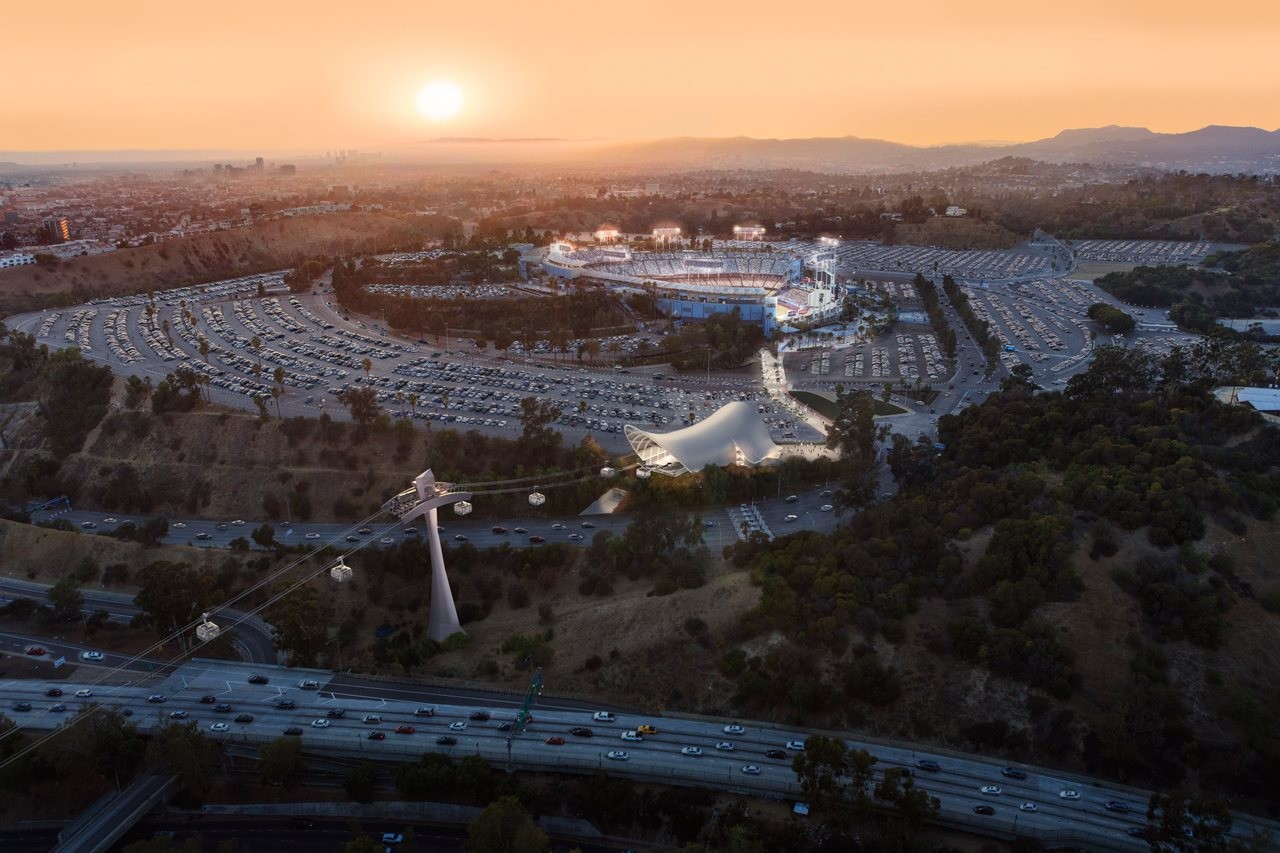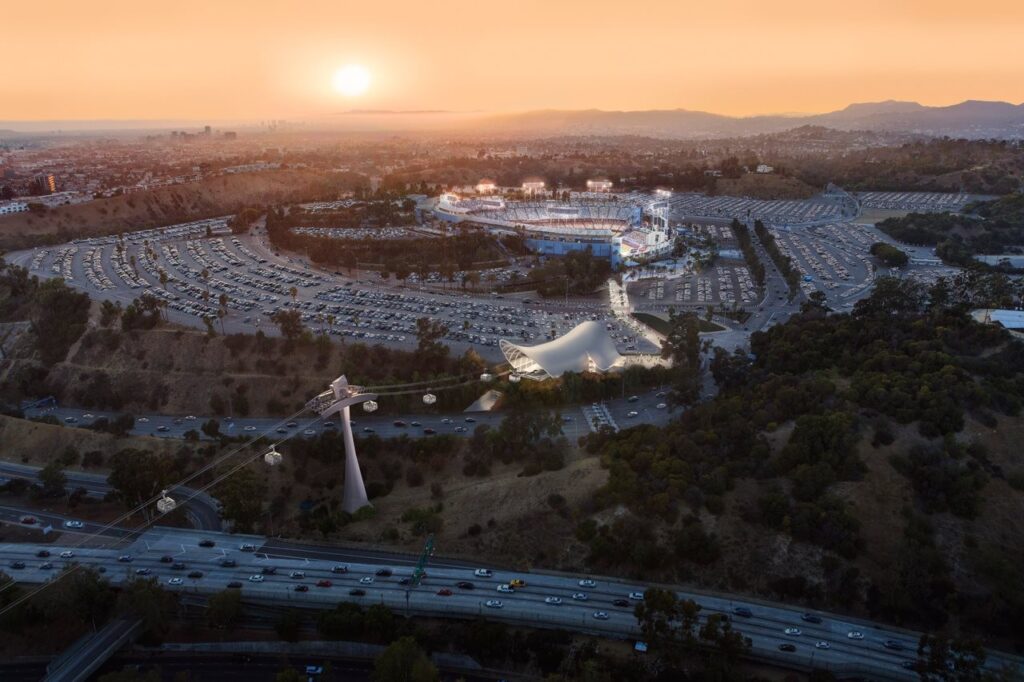(BPT) - If you've ever been caught in a seemingly endless traffic jam, you've no doubt wondered why there isn't a better way. In many cities across the country, especially New York and Los Angeles, traffic congestion is a constant headache, inconvenience and frustration for people who are simply trying to get from point A to point B. It also causes air and noise pollution, which are both harmful for people living in the area.
And that's just everyday traffic. Throw an event like a concert or sports game into the mix, and the problem compounds. According to a new survey by Wired Research*, nearly all of us, 95%, have sat in traffic trying to find a place to park when attending an event. The interminable wait to get out of the parking facility after it's over is just as bad. About 80% of Americans reported sneaking out early for reasons like avoiding the crowds, traffic and congestion. Any way you look at it, event traffic is a frustration that takes some of the joy out of the event itself. The whole point of attending is to have a good time, right?
A better way is on the planning table in cities nationwide right now, including Denver, San Francisco and Los Angeles - aerial gondolas - which allow people to literally rise above the traffic and have a less stressful ride that's also better for the environment.
Outlined below is a dive into a project called Los Angeles Aerial Rapid Transit (LA ART), which is now in the latter stages of planning. This case study will look at what it is, the benefits it will bring to the Los Angeles area and how it can benefit not just local commuters, but people in cities all over the country that suffer from traffic woes, if replicated.
What is LA ART?
Los Angeles Aerial Rapid Transit (LA ART) is a proposal for a zero emissions aerial gondola system to connect Los Angeles Union Station, Chinatown and Dodger Stadium in seven minutes. It is designed to take thousands of cars off the roads before and after events at Dodger Stadium.

LA ART is a project of Zero Emissions Transit, a supporting non-profit of Climate Resolve. When completed, it will ferry people all along this line, high above Los Angeles traffic.
What are the benefits of the proposed project?
The benefits of this Los Angeles-specific project are many, and it's easy to see how it can work elsewhere, too.
Zero emissions. The gondola system would run on electricity and produce zero emissions. It means improved air quality because there are no tailpipe emissions, which can lead to fewer respiratory problems and allergies. It also helps mitigate climate change by reducing reliance on fossil fuels. Once LA ART is up and running, it is projected to cut more than 150,000 metric tons of greenhouse gasses.
Traffic reduction. LA ART will take up to 3,000 cars off the roads and out of neighborhoods on game days and special event days, as well as boost public transit ridership all the other days of the year. The reduction in the sheer number of cars on the roads means less noise pollution for people living in those areas.
Accessible and affordable. The gondola will be free to ride for anyone attending a game or special event at Dodger Stadium. And those who live and work in the area can ride for the price of a Metro fare. It's a huge incentive for people to use this mode of transport.
Connecting communities. Operating 365 days a year, LA ART will serve the communities of El Pueblo, Chinatown, Mission Junction, Solano Canyon and William Meade Homes and provide access to green spaces like Los Angeles State Historic Park and Elysian Park, the oldest and second largest park in Los Angeles and which is not currently served by transit.
A Dodger Stadium connection. A seven-minute ride will connect Southern California's main transportation hub, Union Station, to Major League Baseball's, and home of the 2024 World Series Champions most attended venue, Dodger Stadium. LA ART can carry up to 10,000 fans per game, which will reduce air pollution, gridlock and stress. It could really make traffic-free baseball games a reality for Los Angeles.
Active transportation improvements. The project will include enhanced traffic safety measures like pedestrian and ADA improvements, bicycle infrastructure, and lighting to enhance safety.
Business assistance programs. Through partnerships with local businesses and nonprofits, LA ART will help to ensure additional marketing and growth opportunities for local businesses along the route.
Will this model work in other cities?
Many cities worldwide have aerial gondola plans on the table right now, and others have been using this model for years.
Paris just gave the green light for an aerial gondola project that would link several outlying but populous neighborhoods in Paris' southeastern suburbs to the city center. Since 2016, the Mexicable system in Mexico City has connected residents of hard-to-reach hillside neighborhoods to the metropolitan center of the city. In La Paz, Bolivia, an aerial gondola network realized ridership of over 100 million passengers before the pandemic.
In the U.S., the Roosevelt Island Tramway moves more than 2.5 million commuters annually. The Portland Aerial Tram, an aerial tramway in Portland, Oregon, carries close to 1.5 million commuters between the city's South Waterfront district and the main Oregon Health & Science University campus.
For more information, and FAQs, visit the LA ART website at https://laart.la/ or sign up to support the project at https://www.buildthegondola.org/.
*Online survey conducted by Wired Research to 1,012 nationally representative Americans ages 18 and over, with a margin of error of +/- 3.1 percent.

